IEA: global CO2 emissions rebounded to their highest level in history in 2021; largely driven by China
Green Car Congress
MARCH 9, 2022
The recovery of energy demand in 2021 was compounded by adverse weather and energy market conditions—notably the spikes in natural gas prices—which led to more coal being burned despite renewable power generation registering its largest growth to date. CO 2 emissions from natural gas rebounded well above their 2019 levels to 7.5

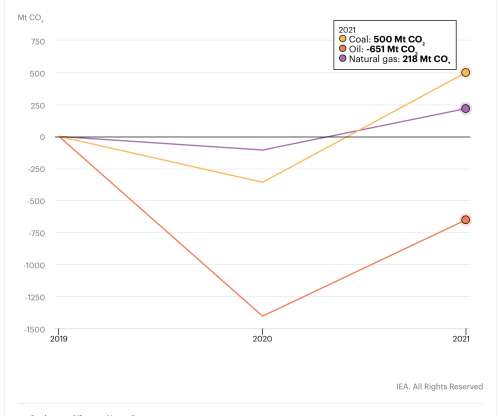













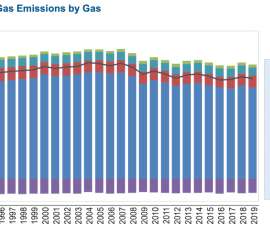







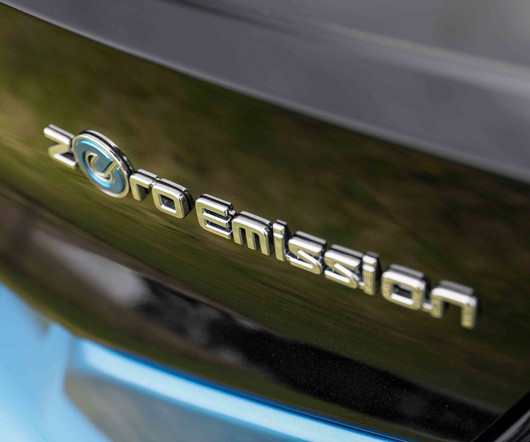







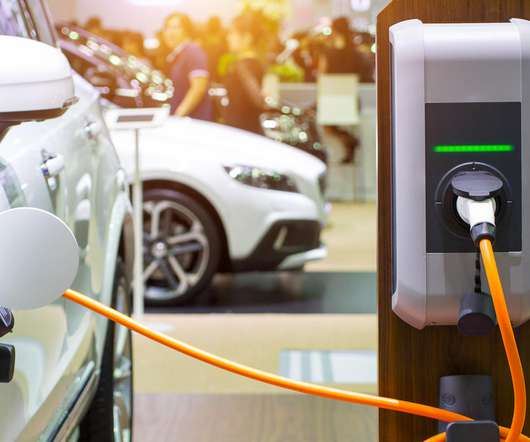
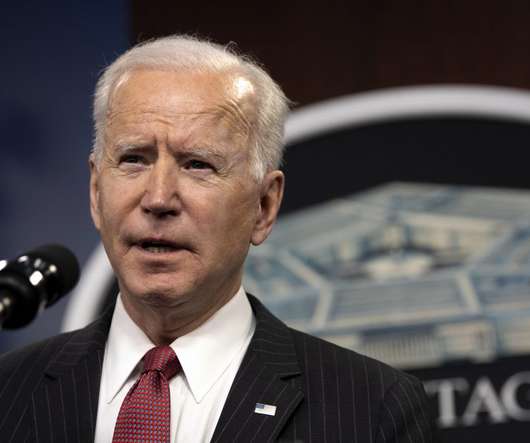








Let's personalize your content